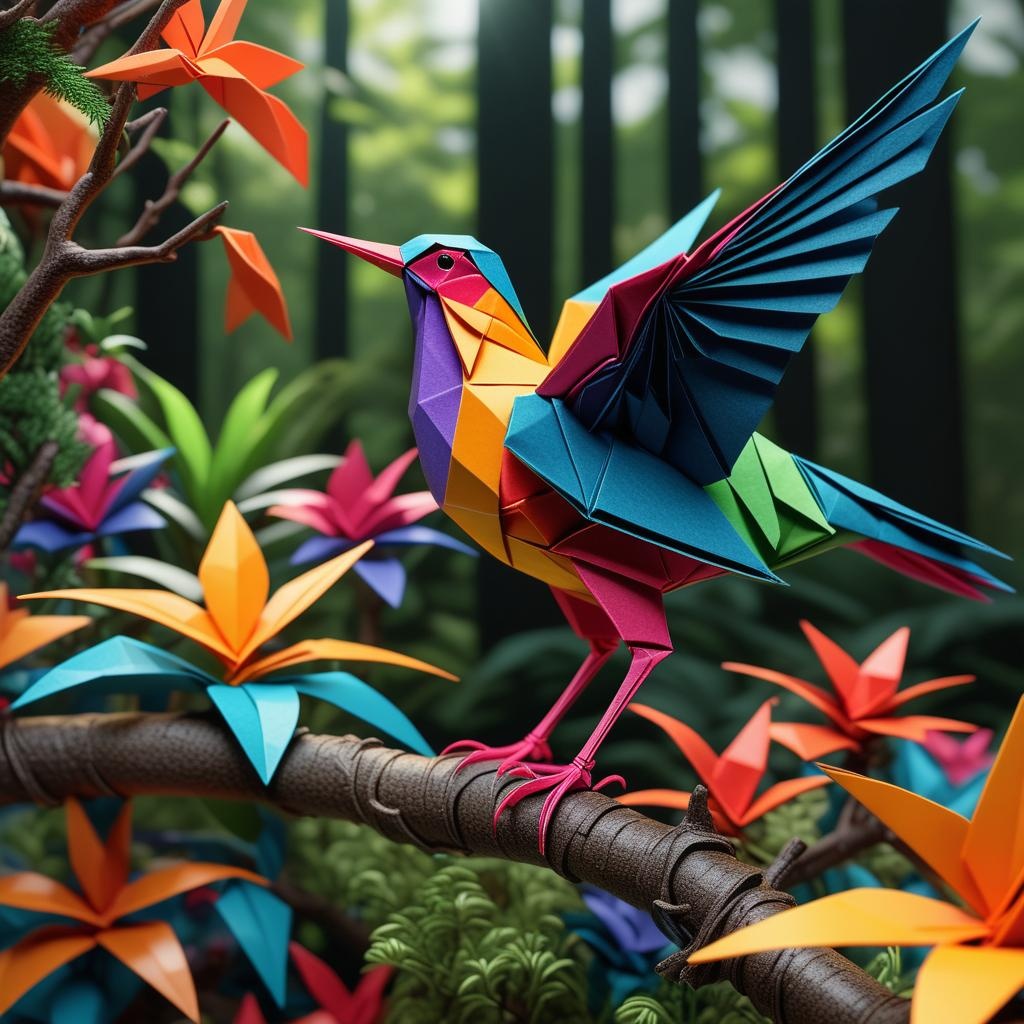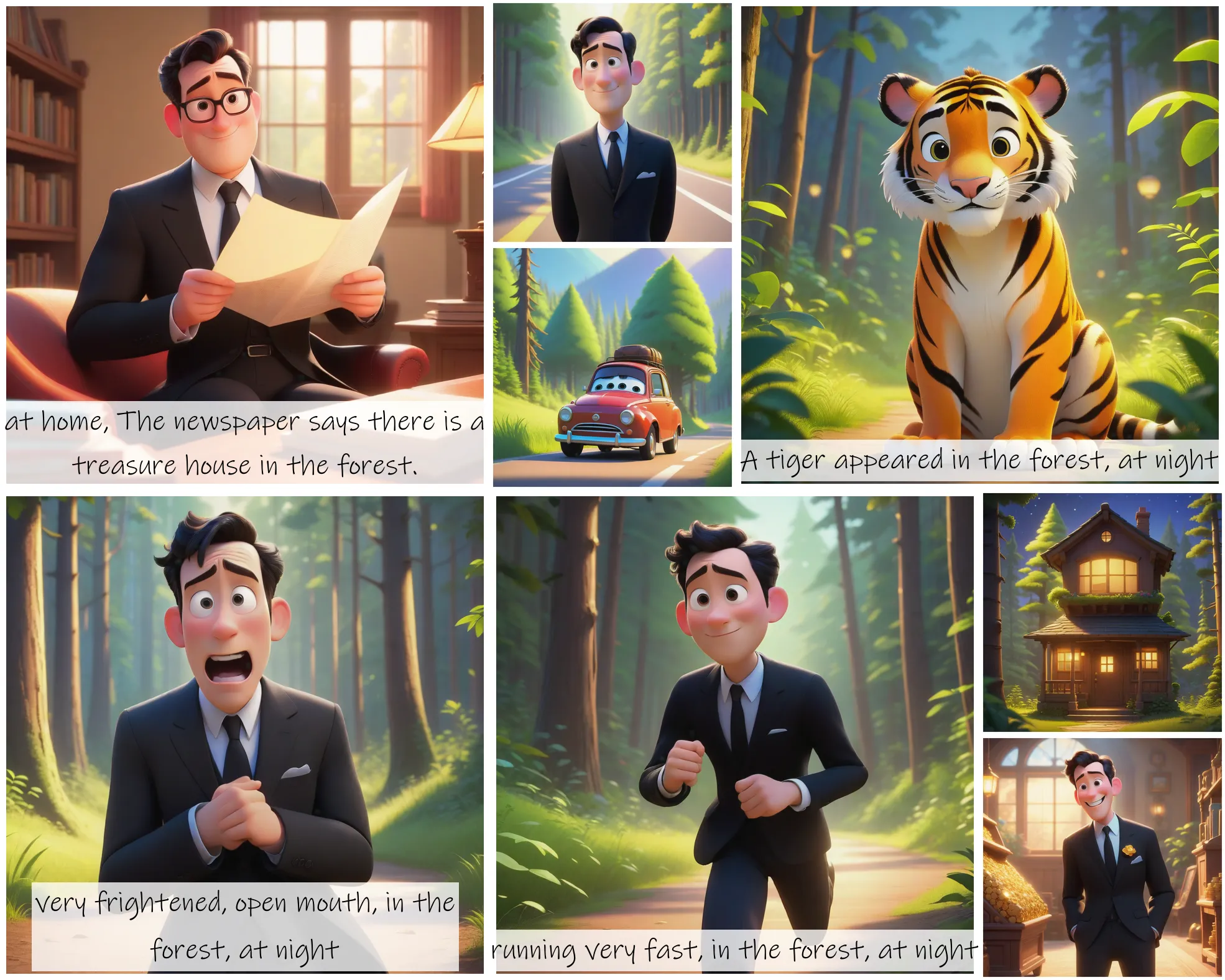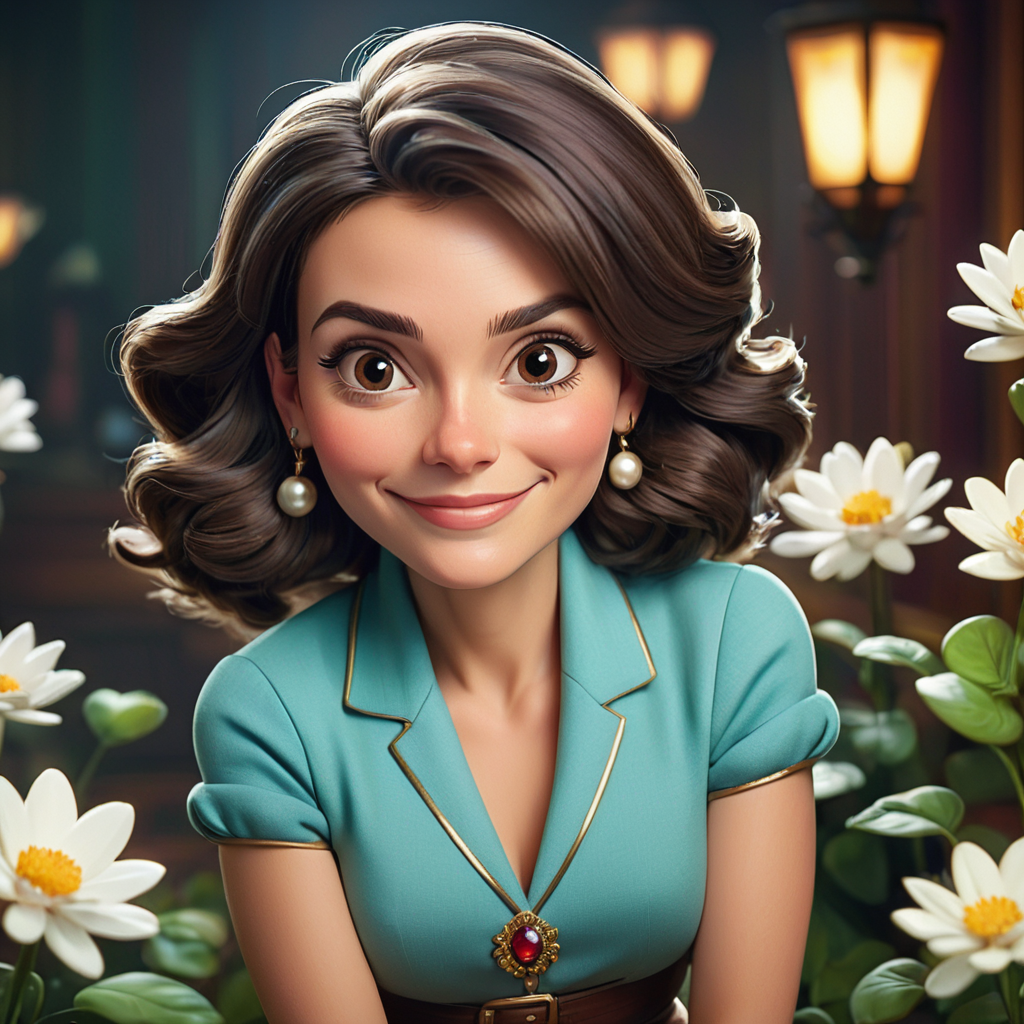Flux Krea Dev
FLUX.1 Krea generates stunning, photorealistic images with fine-tuned aesthetic control for diverse creative applications.
API
If you're looking for an API, you can choose from your desired programming language.
1
2
3
4
5
6
7
8
9
10
11
12
13
14
15
16
17
18
19
20
21
22
23
24
25
26
27
28
29
30
31
32
33
import requests
api_key = "YOUR_API_KEY"
url = "https://api.segmind.com/v1/flux-krea-dev"
# Prepare data and files
data = {}
files = {}
data['seed'] = 42
# For parameter "image", you can send a raw file or a URI:
# files['image'] = open('IMAGE_PATH', 'rb') # To send a file
data['image'] = 'null' # To send a URI
data['prompt'] = "A miniature raccoon explorer made of wool wearing all kinds of equipment, the whole world is made of felt textile, holding a signboard which says 'Flux krea dev on Segmind'"
data['go_fast'] = True
data['guidance'] = 3
data['megapixels'] = "1"
data['num_outputs'] = 2
data['aspect_ratio'] = "16:9"
data['output_format'] = "jpg"
data['output_quality'] = 90
data['prompt_strength'] = 0.7
data['num_inference_steps'] = 40
data['disable_safety_checker'] = False
headers = {'x-api-key': api_key}
# If no files, send as JSON
if files:
response = requests.post(url, data=data, files=files, headers=headers)
else:
response = requests.post(url, json=data, headers=headers)
print(response.content) # The response is the generated imageAttributes
The seed ensures reproducibility. Use specific numbers for consistent results or leave random for variability.
Input an image to guide the output. Match aspect ratio to maintain consistency; use any for unique results.
Guide the AI with text for the image generation. Short and imaginative prompts work best; imaginative scenes suggest detailed descriptions.
Enable faster predictions; less deterministic but quicker. Disable for exact replication and improved detail.
Controls adherence to prompt. Increase for more accuracy; decrease for creative variance.
min : 0,
max : 10
Choose resolution size. Use '1' for high-quality or '0.25' for faster, lower-resolution outputs.
Allowed values:
Set the number of images generated. Choose more for variability or single for speed.
min : 1,
max : 4
Decide image proportions. Use '1:1' for square or other ratios for landscapes or portraits.
Allowed values:
Select image format. Use 'webp' for web-friendly, 'jpg' for compression, or 'png' for quality.
Allowed values:
Set image saving quality. Choose 100 for best or lower for smaller file size.
min : 0,
max : 100
Defines prompt influence in img2img mode. High values alter original image more significantly.
min : 0,
max : 1
Adjust the number of processing steps. Higher gives better quality; lower speeds up.
min : 1,
max : 50
Toggle safety checker to allow all image outputs. Disable to maximize creative freedom.
To keep track of your credit usage, you can inspect the response headers of each API call. The x-remaining-credits property will indicate the number of remaining credits in your account. Ensure you monitor this value to avoid any disruptions in your API usage.
Resources to get you started
Everything you need to know to get the most out of Flux Krea Dev
FLUX.1 Krea Quickstart Guide
Unlock the full power of FLUX.1 Krea—our 12 B-parameter, photorealistic text-to-image model—by calibrating prompts and parameters for your creative goals. Below are best practices, parameter recommendations, and presets for common use cases.
1. Prompt Crafting
- •Be concise yet descriptive: “A high-fashion editorial shot of a model in avant-garde neon armor, studio lighting.”
- •Specify style, mood, lighting, and elements: e.g., “dramatic chiaroscuro,” “wide-angle,” “icy blue palette.”
- •Iterate and refine: Start broad, then add/remove adjectives to dial in the aesthetic.
2. Core Parameters
| Parameter | Purpose | Default | Tip |
|---|---|---|---|
| seed | Reproducibility | 42 | Fix for exact repeats; randomize for variety |
| guidance (0–10) | Prompt adherence vs. creativity | 7 | 8–10 for strict fidelity; 5–7 for artistic flair |
| num_inference_steps | Quality vs. speed | 40 | 45–50 for ultra-fine details |
| megapixels (0.25/1) | Resolution | 1 | 0.25 for quick proofs; 1 for final renders |
| aspect_ratio | Composition ratio | 16:9 | Match your canvas (1:1 for social media) |
| go_fast (true/false) | Performance mode | true | false for deterministic, high-quality |
| disable_safety_checker | Toggle content filtering | false | true to bypass for full creative freedom |
3. Use-Case Presets
- •
Concept Art & Illustration
• guidance: 6.5 | steps: 45 | mp: 0.25 | aspect: 3:2 | go_fast: true
• Fast iterations & painterly freedom. - •
Product Mockups & Advertising
• guidance: 8.5 | steps: 50 | mp: 1 | aspect: 4:5 | go_fast: false
• Sharp details, strict prompt adherence, print-ready. - •
Architectural & Interior Renders
• guidance: 7.5 | steps: 50 | mp: 1 | aspect: 16:9 | go_fast: false
• Realistic lighting, perspective-correct compositions. - •
UI/UX Backgrounds & Textures
• guidance: 6 | steps: 40 | mp: 0.25 | aspect: 21:9 | go_fast: true
• Seamless, abstract patterns with design flexibility.
4. Pro Tips & Workflow
- •Batch Generation: Set
num_outputs(2–4) to explore variations at once. - •Seed Tweaks: Increment by one between runs to “walk” the latent space.
- •Img2Img Transformation: Supply an
imageURI and adjustprompt_strength(0.3–0.7) for controlled edits. - •Output Format & Quality: Choose
png+100 quality for master assets;jpg+90 for web previews. - •Safety Checker: Only disable (
true) in trusted environments or artistic studies.
With these guidelines, you’ll achieve razor-sharp fidelity or painterly freedom as you need—harness FLUX.1 Krea for every stage of your visual pipeline. Happy generating!
Other Popular Models
Discover other models you might be interested in.
sdxl-img2img
SDXL Img2Img is used for text-guided image-to-image translation. This model uses the weights from Stable Diffusion to generate new images from an input image using StableDiffusionImg2ImgPipeline from diffusers

sdxl-controlnet
SDXL ControlNet gives unprecedented control over text-to-image generation. SDXL ControlNet models Introduces the concept of conditioning inputs, which provide additional information to guide the image generation process

storydiffusion
Story Diffusion turns your written narratives into stunning image sequences.

fooocus
Fooocus enables high-quality image generation effortlessly, combining the best of Stable Diffusion and Midjourney.
